|
|
 |
|
The Road of Death: Via Appia Antica |
|
written
by Kaia Chessen / 07.04.2004 |
|
|
| |
Site Location |
| |
| |
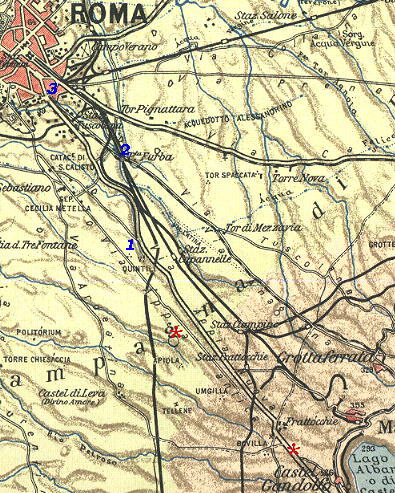
|
|
| C:\Documents and Settings\Bruce\My Documents\My Pictures\Appmap.jpg |
|
| |
|
It's a 530 km direct route from Rome, south to Naples and the "boot" of Italy, arriving at Brindisi on the Adriatic Coast in Puglia.
|
| |
|
| |
|
| |
Site History |
| |
Via Appia Antica, built in 325 BC and named after the builder, the Roman Consul Appius Claudius Caecus, was part of Via Appia abandoned in the middle ages in favor of Via Appia Nuova. Roman legions marched the road to board ships for the eastern provinces. It would take them 17 to 18 days to travel the entire expanse, marching 30 km a day. Via Appia Antica was also used by merchants, tourists, and later, pilgrims. Romans could only bury their dead outside city limits, but instead of desiring serene places to rest for eternity, they opted for busy roads such as this one where goers-by would see their tombs and remember them.
|
| |
|
| |
|
| |
Elements of Interest |
| |
| |
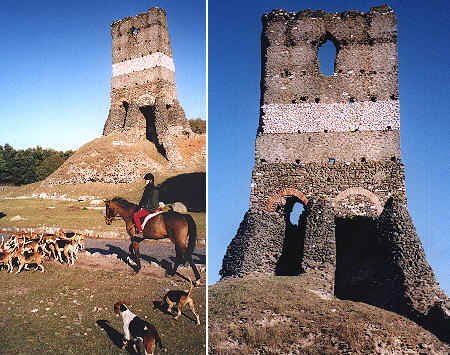
|
|
| C:\Documents and Settings\Bruce\My Documents\My Pictures\Apptorre.jpg |
|
| |
|
| |
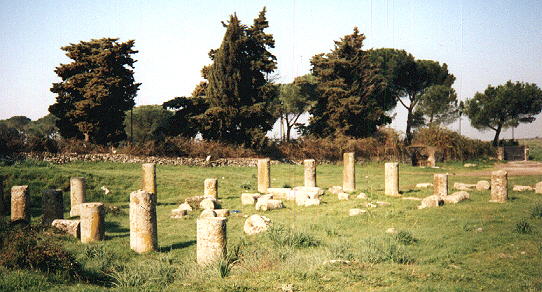
|
|
| C:\Documents and Settings\Bruce\My Documents\My Pictures\Apptempl.jpg |
|
| |
|
| |
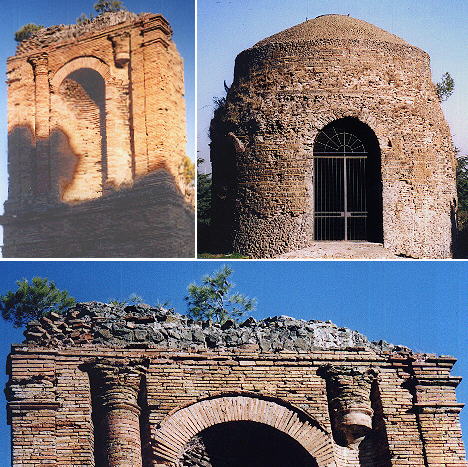
|
|
| C:\Documents and Settings\Bruce\My Documents\My Pictures\Appipalo.jpg |
|
| |
|
| |
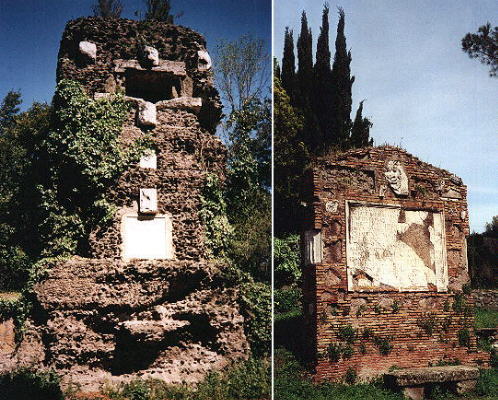
|
|
| C:\Documents and Settings\Bruce\My Documents\My Pictures\Appia2a.jpg |
|
| |
|
| |
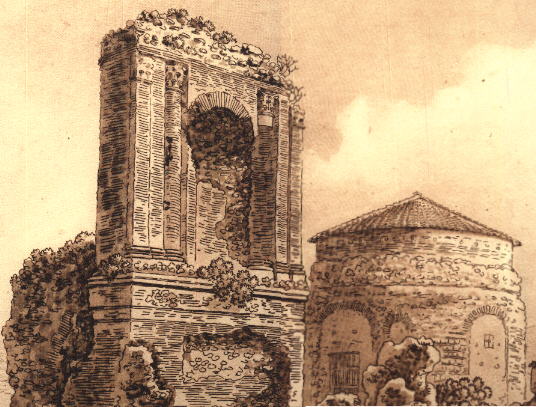
|
|
| C:\Documents and Settings\Bruce\My Documents\My Pictures\Appstamp.jpg |
|
| |
|
| |
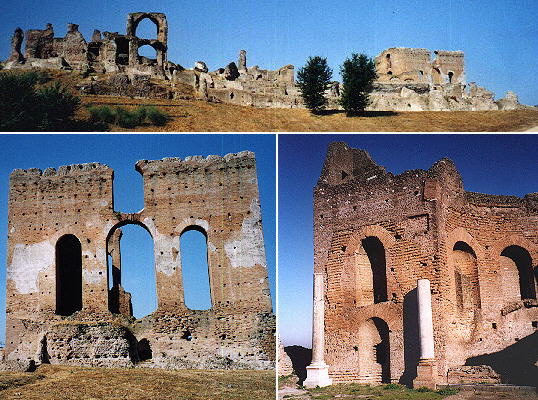
|
|
| C:\Documents and Settings\Bruce\My Documents\My Pictures\Appia2f.jpg |
|
| |
|
The first few miles of Via Appia Antica are almost entirely cemetaries. Rarely can one tell who a tomb actually belonged to because of time and erosion. Different socio-economic classes could afford different kinds of burial sites. The rich would usually build huge sepulchres, the middle class would buy niches in community cemetaries to place urns with the deceased's ashes inside, and slaves would often be buried in an unmarked field reserved for such a purpose. Some sites along the road are the Torre in Selci, a tower erected on top of a Roman tomb in the 12th century using flints (selci), Collone d'Ercole where only columns remain of the precinct of a temple built by Domitianus in honor of Hercules, and The Tomb of Quintus Verannius, a two-story tomb with a burial chamber below and a meeting place for funeral ceremonies above. Close by, there's a circular 4th century tomb which was turned into a church and then, into a granary. Other sites include the Torre Capo di Bove, the tomb of Cecilia Metella decorated with oxen skulls and the Villa dei Quintili, a large estate built in the 2nd century by the wealthy Quintili brothers which has ruins so widespread that they appear to be more of a town than a villa.
|
| |
|
| |
|
| |
Analyze Image |
| |
| |
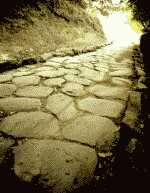
|
|
| C:\Documents and Settings\Bruce\My Documents\My Pictures\strada01.jpg |
|
| |
|
This image takes an artistic, up-close view of the site. We only see a small fraction of the long expanse of road. It intrigues us, adds mystery, makes us long for more, but doesn't expose much as to the reality of Via Appia Antica and it's context.
|
| |
|
| |
|
| |
Site Questions |
| |
What is the road used for now (if anything) other than tourism?
How did Romans view death throughout history and how do they view it today? What roll does it play in their culture?
|
| |
|
| |
|
|
 |
|








